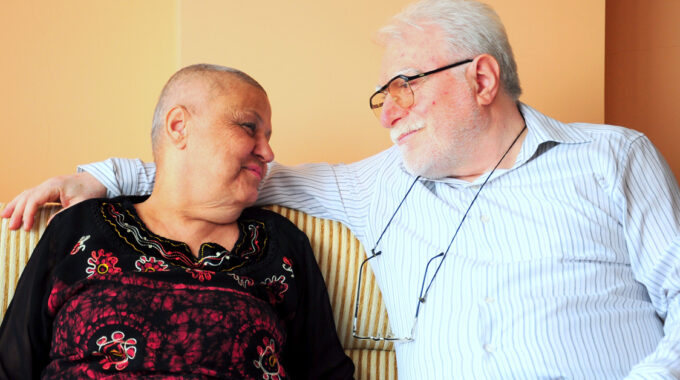
The Vital Importance of Cancer Support Through Hospice Care

The baby boomers who promised to change the world in the 1960s are aging, and the need for senior services is growing every day. It’s hard enough to find options that work for individuals, but it’s even harder for those who have life-threatening illnesses. Hospice, a service that addresses physical, spiritual and emotional needs, often steps in when a patient is terminally ill. Many people don’t know that they also work with the chronically and seriously ill in hospitals, nursing homes and residences.
Hospice Plays a Vital Role
In the United States, private insurance companies and Medicare cover hospice for patients diagnosed with a terminal illness or given a prognosis of less than six months to live. The hospice philosophy is to give patients pain-free, compassionate treatment without prolonging their lives or hastening their deaths. They will treat the side effects and symptoms of cancer, for example, but not the cancer itself. Patients enter the program after medical professionals determine their treatment is no longer working or doctors have run out of options.
While approaches may vary, all providers offer specific services:
- Symptom control and palliative care
- Inpatient or home care
- Ongoing communication between professionals and family
- Spiritual care
- Respite care for up to five days
- Grief counseling
Patients Need Emotional Support
The results of one study show patients need three kinds of emotional support. As a result, caregivers offer encouragement and empathy, help with daily tasks and activities, and share information and advice. These patients have better outcomes, and family caregivers experience less stress and burnout.
Outside support is available from organizations, such as the National Breast Cancer Foundation and the Leukemia and Lymphoma Society, formed to deal with certain illnesses. Although many foundations and treatment centers run support groups, patients can also find resources and groups online. Cancer.org serves as a helpline and clearinghouse for all kinds of tumors while other groups focus on more particular and rarer conditions, like mesothelioma for instance. A rare cancer caused by exposure to asbestos, mesothelioma is usually a fatal condition most commonly seen among military veterans. The website tells victims how to get help for the hard-to-diagnose, incurable, difficult-to-treat disease.
Caregivers Make Help Accessible
The kinds of services provided are different for each patient. The American Hospice Foundation says it provides these services when needed:
- Services from doctors and nurses
- Medical equipment and supplies
- Drugs to control symptoms and pain
- Home health aides and help with household tasks
- Occupational or physical therapy
- Speech therapy to help with swallowing
- Help from social workers
- Nutritional counseling
- Emotional, spiritual, and grief counseling
- Respite care
Hospice care is an ongoing service that changes with the patient’s needs, and some organizations provide additional services like radiation and chemotherapy for palliative care. Although medical professionals often suggest hospice, families can bring up the topic when they think it’s time. Any patient who has an unexpected recovery or wants to return to treatment can leave whenever they choose.
Written By: Sharon Mason





